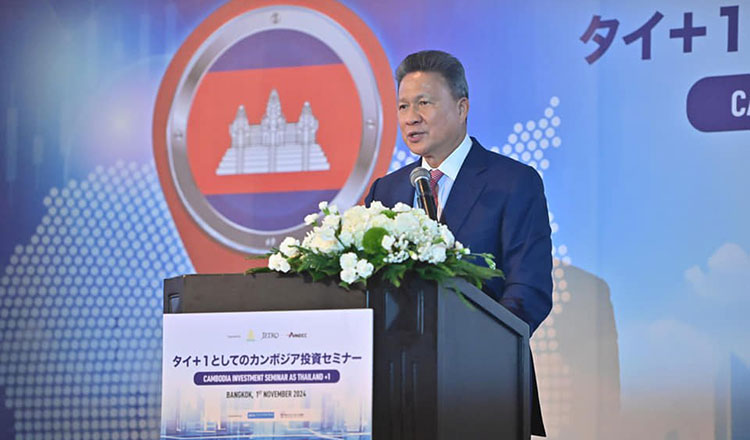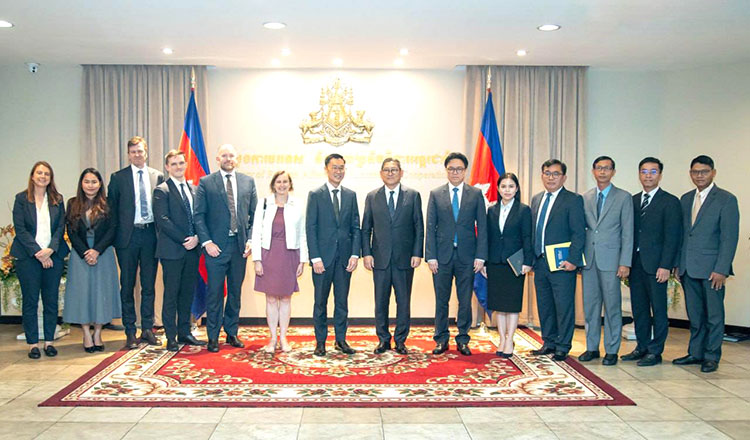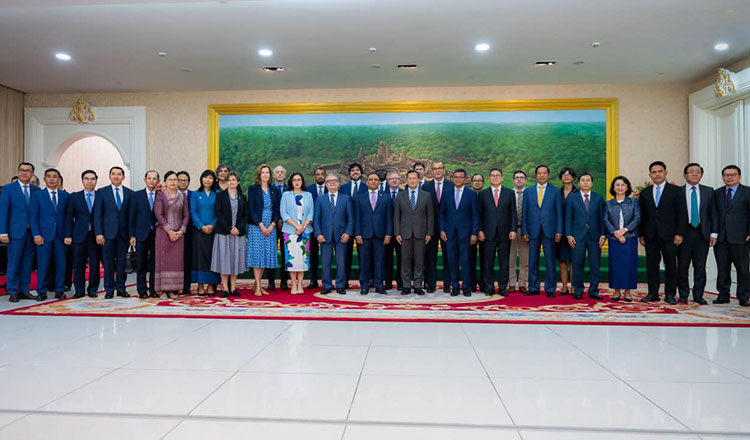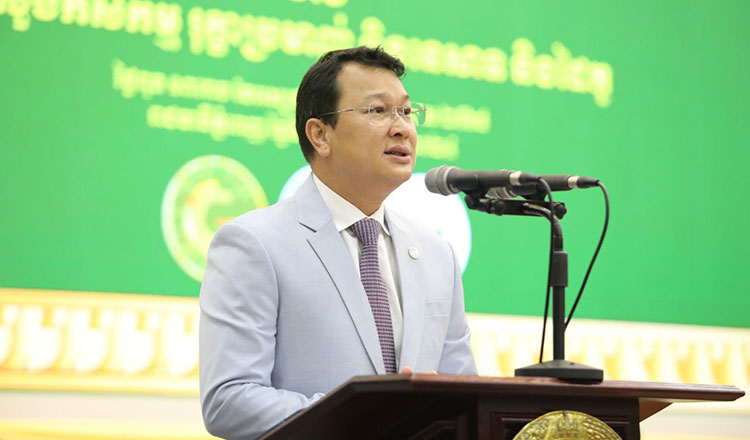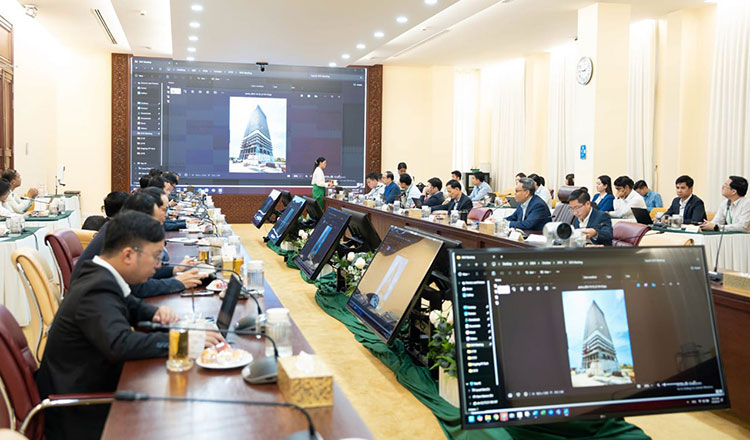Cambodia sees just 1% rise in MFI loans this year
Cambodia sees just 1% rise in MFI loans this year
Loan volume in Cambodia’s microfinance sector increased by only one percent in the first three quarters of 2024 compared to 2023, a sign that the current unfavourable global economic conditions are affecting the Cambodian economy as well.
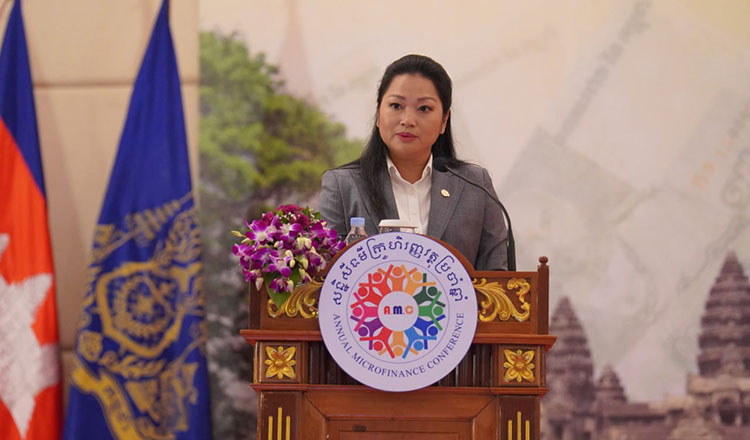
According to a report from the Cambodian Microfinance Association (CMA), as of the third quarter of 2024, the risky loans over 30 days (loan accounts with late repayments 30 days past their due date or PAR 30+) in the microfinance sector increased from 5.9 percent to 8.7 percent, loan restructuring increased from two percent to 3.8 percent, cancelled loans increased from 0.8 percent to 1.2 percent compared to 2023. In addition, the loan portfolio grew by only one percent, from $5.1 billion to $ 5.15 billion.
CMA currently has 132 member institutions and is serving about 1.55 million clients, of which 54 percent are women in 900 branches nationwide. It also has a total workforce of 21,000 employees.
Meanwhile, there are four deposit-taking micro banking institutions, with total deposits of about $2.2 billion (up 4.8 percent) and having two million depositors, 67 percent of whom were women.
This progress reflects the role of association members as a whole in promoting the family economy of the Cambodian people. But this growth also brings with it a series of challenges and opportunities.
As for the challenges, the microfinance sector seems to be under the pressure of the unfavourable global economic environment, which is affecting the Cambodian economy and affecting the income of citizens who are customers of microfinance institutions.
Speaking at Annual Microfinance Conference 2024 on Sustainable and inclusive Microfinance: Current Situation and Future Trends of the sector in Sokha Siem Reap Resort & Convention Center, on Monday, Dith Nita, Chairwoman of CMA said that this challenge will create financial stress for the people in the community.
It should be noted that the Royal Government of Cambodia and the National Bank of Cambodia (NBC) have provided several incentives and regulatory facilitation for institutions to provide credit restructuring to customers with financial problems in a bid to ease their burden.
“This can only solve short-term challenges. In the long run, maintaining an adequate capital ratio, liquidity, and having a clear business plan will play an important role in addressing these challenges,” she said.
“With some regulatory adjustments, the need for transparent, accountable, customer protection and accountability transactions is growing, CMA has been working closely with NBC, its member institutions and other stakeholders to address these challenges and maintain sustainable growth in a transparent, responsible and environmentally friendly manner,” Nita noted.
About 74.4 percent of Cambodians live in rural areas and access to their financial services is limited. Therefore, the microfinance sector has been filling this gap by providing individuals and small and medium business owners access to the necessary sources of capital.
In this regard, CMA has been acting as a collector of voices of member institutions to ensure that rural communities have access to quality and responsible financial services, Nita said.
Sum Sannisith, Deputy Governor of NBC, said that in the context of the slow global economic growth, Cambodia’s economy in 2024 will also be affected and there will be a slowdown in economic growth to six percent.
“Currently, the Cambodian microfinance sector is facing a number of challenges due to over-indebtedness, lack of financial literacy and limited consumer protection. As a settlement mechanism, NBC has been continuously developing a regulatory framework, banking supervision framework and proactive rules to strengthen consumer protection in line with the development of the banking system in Cambodia,” he noted.
“At the same time, NBC attaches great importance to the promotion of financial literacy and consumer protection by collaborating with stakeholders to organize dissemination workshops on microfinance, besides strengthening mechanisms to coordinate and resolve customer complaints directly and through the hotline,” he said.
Hong Vannak, an economics researcher at the Royal Academy of Cambodia’s (RAC) International Relations Institute, said that loan restructuring in the microfinance sector is already problematic.
“Loan with a risk of more than 30 days means that the customer has encountered financial problems that lead to his payment problems. This also causes problems for the working capital and operations of MFIs,” Vannak noted.
“In this transitional phase, we all have to be careful. Both old and new businesses should study carefully before deciding to use capital from financial institutions to expand and establish a business. In the meantime, financial institutions should also study carefully before issuing loans to customers,” Vannak said.
As of August 2024, the microfinance sector had total assets of 25 trillion riels ($6.2 billion), in which loans account for 21.3 trillion riels (equivalent to $5.2 billion) with 1.6 million credit accounts, according to a report by NBC.



